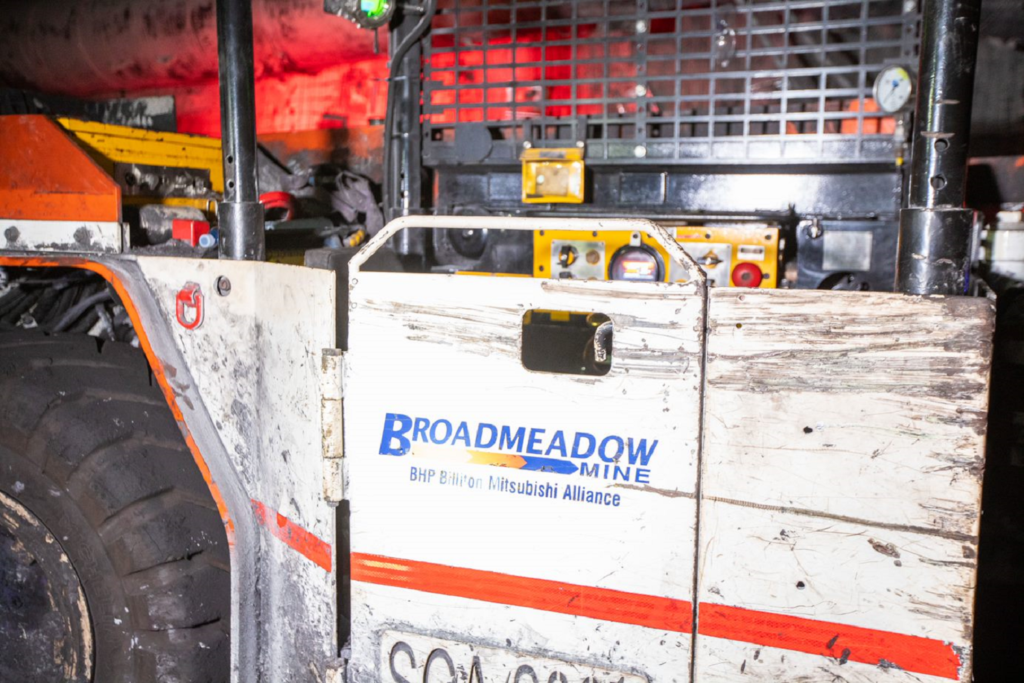The team at BHP Mitsubishi Alliance’s (BMA) Broadmeadow coal mine, in Queensland, Australia, have been looking at ways to use proximity detection technology to reduce the potential exposure and risk to its people while working underground, and has recently achieved an Australia first for coal.
Glenn Owens, Project Manager, and Dave Zanette, Project Execution Lead, brought together a team of experienced electricians and engineers, and using the knowledge of its operators, began trialling proximity detection in Broadmeadow’s underground shuttle cars.
“Shuttle cars are considered to be one of the more higher risk pieces of equipment in underground mines as they are used to transport coal from the development face to the coal clearance system,” BHP said. “This machinery can unload hundreds of tonnes of coal per shift and are critical to the mine’s operations.”
After many months in planning and development, the team launched an Australian first for coal – rolling out the first ever Proximity Detection Shuttle Cars in full auto and stop modes.
“Keeping our people safe is always our highest priority so implementing this technology is a huge step forward in the future of underground mine safety,” Zanette said.
“It opens up the opportunity for us to use the technology across multiple pieces of mobile equipment and, if implemented correctly, can impact human behaviours in a positive way.
“It also has the potential to be replicated across all of our BHP underground and surface assets and throughout the broader industry, ultimately making mining safer for our people.”
The Proximity Detection System uses low frequency magnetic field generators, which are installed in the Shuttle Cars. The magnetic fields can detect two zones – Zone 1 (Warning Zone) and Zone 2 (Danger Zone).
When a pedestrian is detected in the Warning Zone, the machine will automatically slow down and the operator and pedestrian are both alerted via flashing orange beacons and alarms on the vehicle and cap lamps (worn on each person’s helmet).
Once someone enters the Danger Zone, a red flashing beacon and alarms sound and, importantly, the machine automatically stops, BHP said.
“Unique to an underground mining environment, there’s moving machinery, noise, limited lighting and confined spaces, so it’s fantastic to know that this technology provides an engineering solution on top of the existing controls to help keep our people safe,” Zanette said.
The project is currently in trial phase, with two of Broadmeadow’s shuttle cars already fitted with the system. All shuttle cars in Broadmeadow mine’s development panels are on track to operate the system by the first quarter of BHP’s 2020 financial year.
The Project Team will be testing this technology on Broadmeadow’s other mobile equipment such as personnel transporters, LHDs, shield haulers and selected surface mobile equipment, it said.











